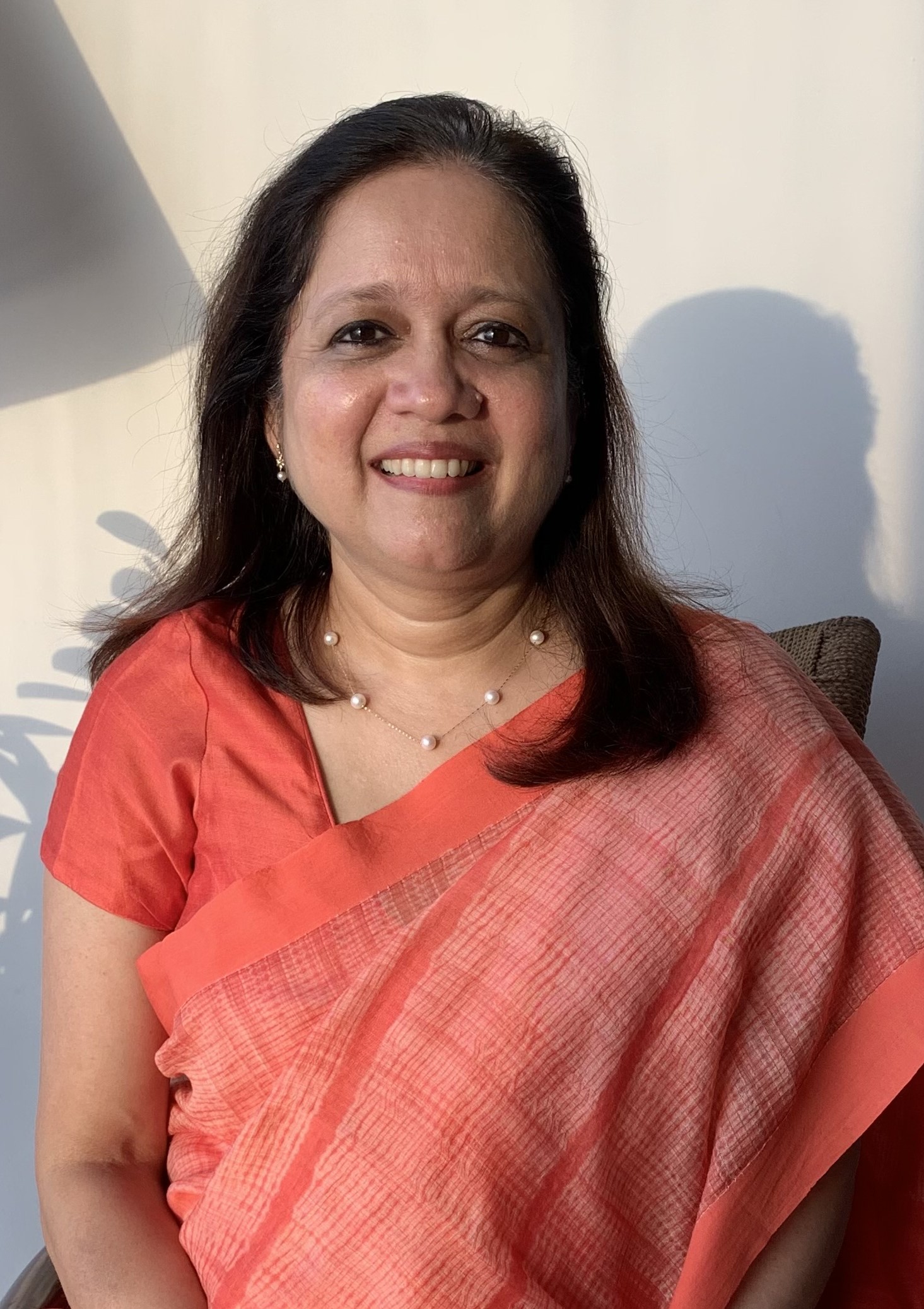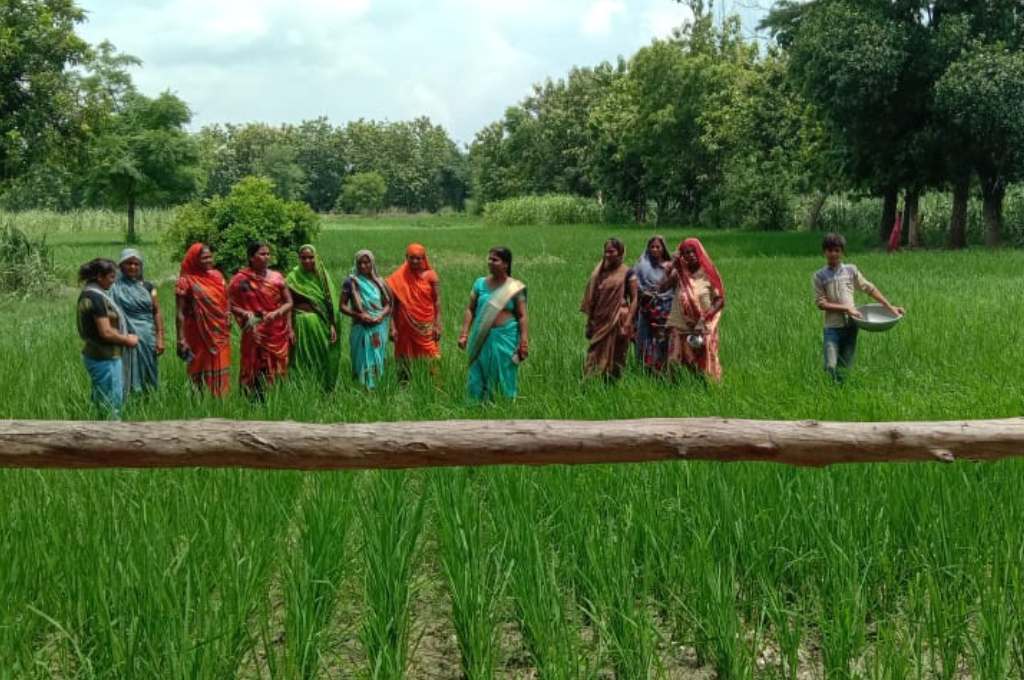Micro-, small, and medium enterprises (MSMEs) are key drivers of economic growth and inclusive development. The sector employs more than 11 crore people, and contributed to 45 percent of the nation’s exports and 30 percent of its GDP in FY 2021–2022. Further, 20.37 percent of MSME owners are women, who account for 23.3 percent of this labour force.Approximately 90 percent of these women entrepreneurs have not utilised funding from formal financial institutions.
Women are known to be intuitive savers, prudent investors, and responsible re-payers. They tend to be loyal customers and are unlikely to switch financial service providers (FSPs). This makes them ideal consumers for products such as fixed deposits, insurance, pension, gold loans, and educational loans. We witnessed this in our work with the Pradhan Mantri Jan Dhan Yojana (PMJDY) account holders, where the financial revenue generated by women account holders is 12 percent higher in comparison to men. Thus, the case for gender-intentional lending is more compelling than ever.
Compared to enterprises led by men, women-led MSMEs face greater barriers in terms of limitations on time, mobility, and resources, along with significant cultural and social constraints. Fewer opportunities for networking and mentorship are available to women. They face disproportionate challenges due to caregiving responsibilities, greater vulnerability to financial shocks, and restricted access to information and technical skills. Women are also less likely to have access to smartphones or digital financial services. They may find it daunting to apply for loans, make payments, and purchase insurance, and are usually not discovered by lenders.
Except for a handful of companies that have focused on creating solutions for women, the finance industry has overlooked the needs, preferences, and obstacles unique to women.
Where is the credit?
Women entrepreneurs largely point to the lack of access to credit as a challenge. The International Finance Corporation estimates that, globally, women-led businesses face a credit gap of USD 1.5 trillion. Due to this lack of access to credit, their businesses are often informal, home-based, small in scale, and concentrated in the sectors traditionally assigned to women. Women tend to run micro-businesses—too big for microfinance institutions (that have a loan requirement of greater than INR 50,000) and too small for banks (that have a loan requirement of less than INR 10 lakh). Consequently, women-led small businesses form just 10 percent of the gross loan portfolio of most financial service providers.
Typically, a loan application goes through multiple steps. At every stage, there is potential for biases to seep in when lending to women—they are twice as likely to be rejected for a loan than men. Women continue to face the consequences of historical beliefs and cultural practices and have fewer assets in their name, which means they don’t have collateral security. This causes women-owned businesses to be denied bank credit more often, due to which they do not feel encouraged to apply for bank credit, are less reliant on it, and receive inferior terms on granted loans. Another reason for loan rejection is that women are more likely to be ‘thin file’ customers, that is, they lack a formal credit score, and credit history. Such credit product requirements may simply not work for women.

How lending can be made gender-intentional
Actively countering prejudices is critical to ensuring fair and gender-intentional lending processes. Biases creep in during the data collection process itself, as online lending instruments collect different types of information from the user’s handheld device such as internet usage per day. This may not be an appropriate criterion to gauge eligibility for financial products. Keeping a check on the unconscious biases of individuals developing such apps and investigating every step of the process can pave the way for fairer lending practices.
Technologies such as artificial intelligence and machine learning can be great enablers in providing access to credit.
Women’s World Banking has devised a set of tools to detect gender bias in lending, taking six factors into account—credit score, approval rate, loan amount, interest rate, collateral size, and characteristics of rejected candidates. The tools enable financial institutions to self-evaluate whether they are marketing to/targeting women customers, actively acquiring more women, and building and retaining a gender-diverse portfolio.
Technologies such as artificial intelligence and machine learning can be great enablers in providing access to credit for women entrepreneurs. They can be used to generate alternative data to create a proxy score in order to gauge creditworthiness and bring more women into the credit funnel. The data could include an assessment of assets owned such as LPG gas connections, indoor sanitation facilities, and type of house. Behavioural data from transactions such as the proportion of informal loans to formal or concurrent loans can also help build a profile that is not solely based on the customer’s collateral and credit history.
Leveraging digital payments
Although more than 48 percent of women prefer cash payments to digital means, UPI adoption has seen varying rates of growth—ranging from 5 to 20 percent—signifying women’s openness to digital payments. Greater access to the internet, along with alternate payment methods becoming more prevalent in the merchant points around them, has further increased women’s awareness about digital finance. Digital payments can only work for women when banks, FSPs, and FinTech firms facilitate their onboarding through physical touch points. It is important to actively build women’s trust in digital payments by addressing phishing attacks, setting withdrawal limits, investing in data protection, and more. Further, the introduction of apps that offer women a sense of control and privacy can encourage them to adopt digital financial services. The decision to launch UPI 123PAY, which works on basic phones, is a great example of designing payment solutions for women who do not own smartphones.
When apps effectively target women and are designed keeping their unique needs and capabilities at the centre, service providers accrue benefits by acquiring a new customer base—people from low-income groups, and women, who offer a significant retention and lifetime value.
As more women shift to using debit and credit cards, banking applications or UPI for payments and remittances, become cash-light and do business transactions digitally, they will develop credit histories that will then encourage banks to lend to this segment.
Including women in digital public infrastructure
Access to credit and digital payments is one side of the coin. Digital public infrastructure (DPI) can serve as the tipping point in women’s financial inclusion journey by virtue of its scale and it being a convergence platform for public goods and services. When DPI is built with gender intentionality, women can be its largest beneficiaries, while also unlocking a new business opportunity. India has already addressed the three foundations of building a DPI—a digital identity system through Aadhaar, a real-time fast payment system through UPI, and a consent-based data aggregatory through data empowerment protection architecture (DEPA)—via IndiaStack.
It is vital that women are equipped with digital and financial capabilities.
With respect to entrepreneurs, consider India’s digital public infrastructure—the Open Network for Digital Commerce (ONDC)—which is meant to be a great equaliser that will bring together sellers, buyers, and creditors, and facilitate business between hinterland entrepreneurs and city-based retail businesses. Imagine a woman micro-entrepreneur from rural Maharashtra who creates hand-painted Warli sarees. If she were to be successfully onboarded on to this DPI, she would have direct access not just to loans and payment solutions, but also to markets, retailers, and brands that would like to invest in her product. As more women have Jan Dhan accounts, build financial histories and business identities, and are registered to pay taxes on their businesses, they will be able to engage with buyers and sellers on ONDC, use UPI for payment, and avail credit through the Open Credit Enablement Network (which helps connects lenders and marketplaces).
For women to engage with digital financial services, it is vital that they are equipped with digital and financial capabilities. Beyond literacy, this requires them to have the knowledge, attitude, and skills that increase their capacity to actively use digital and financial services on their terms. This will not be possible unless FSPs invest in their female customers.
India has already started its journey towards financial inclusion for women by recognising the importance of digital access as a fundamental right and in establishing a thriving DPI ecosystem. Gender intentionality needs to be at the heart of the efforts to bridge the digital divide and in ensuring that every citizen has equal opportunities to participate in the digital realm.
—





